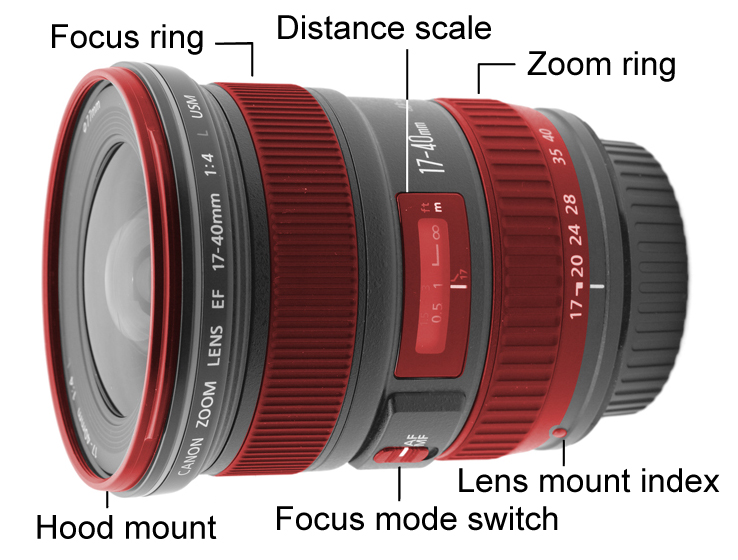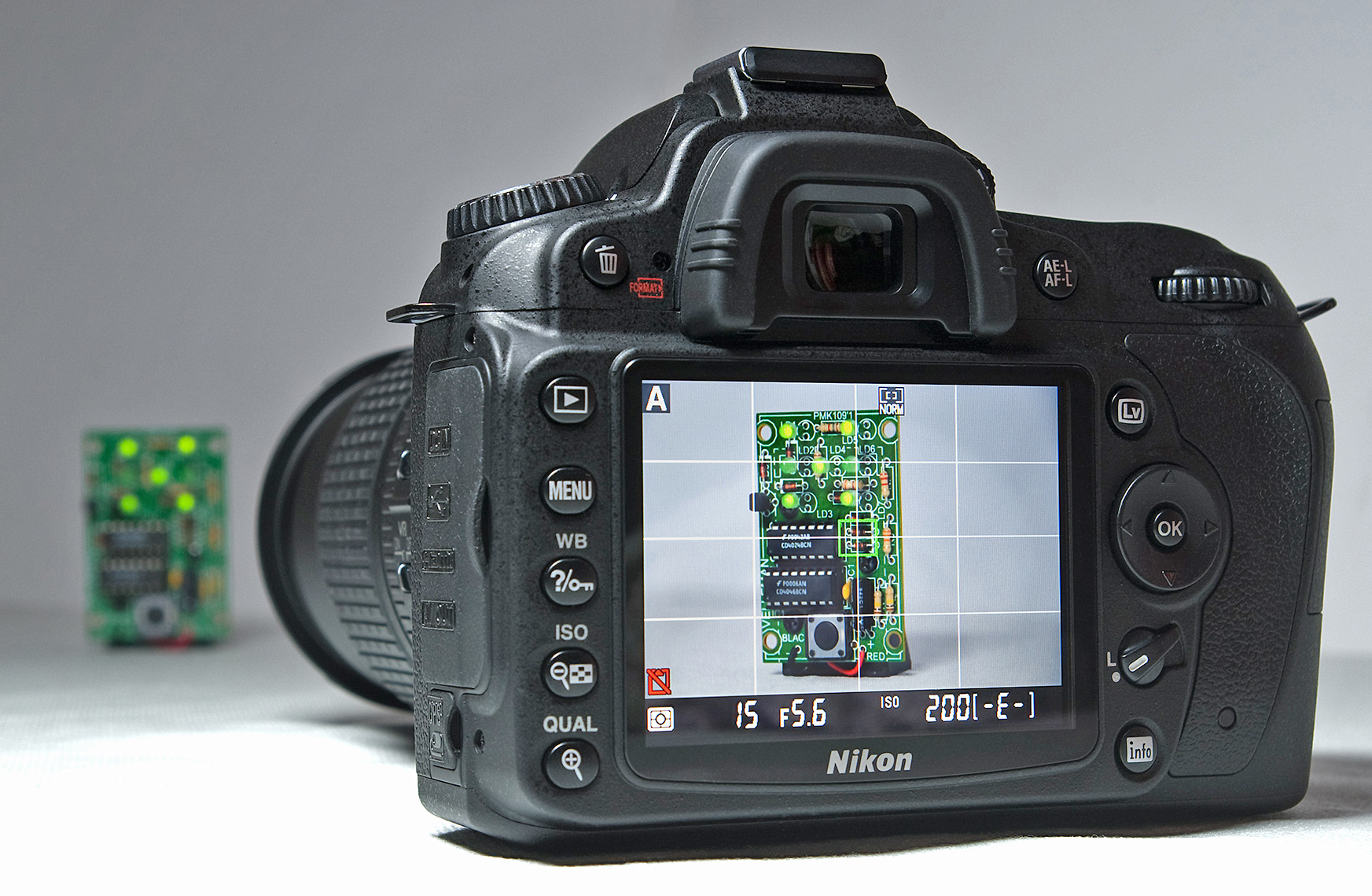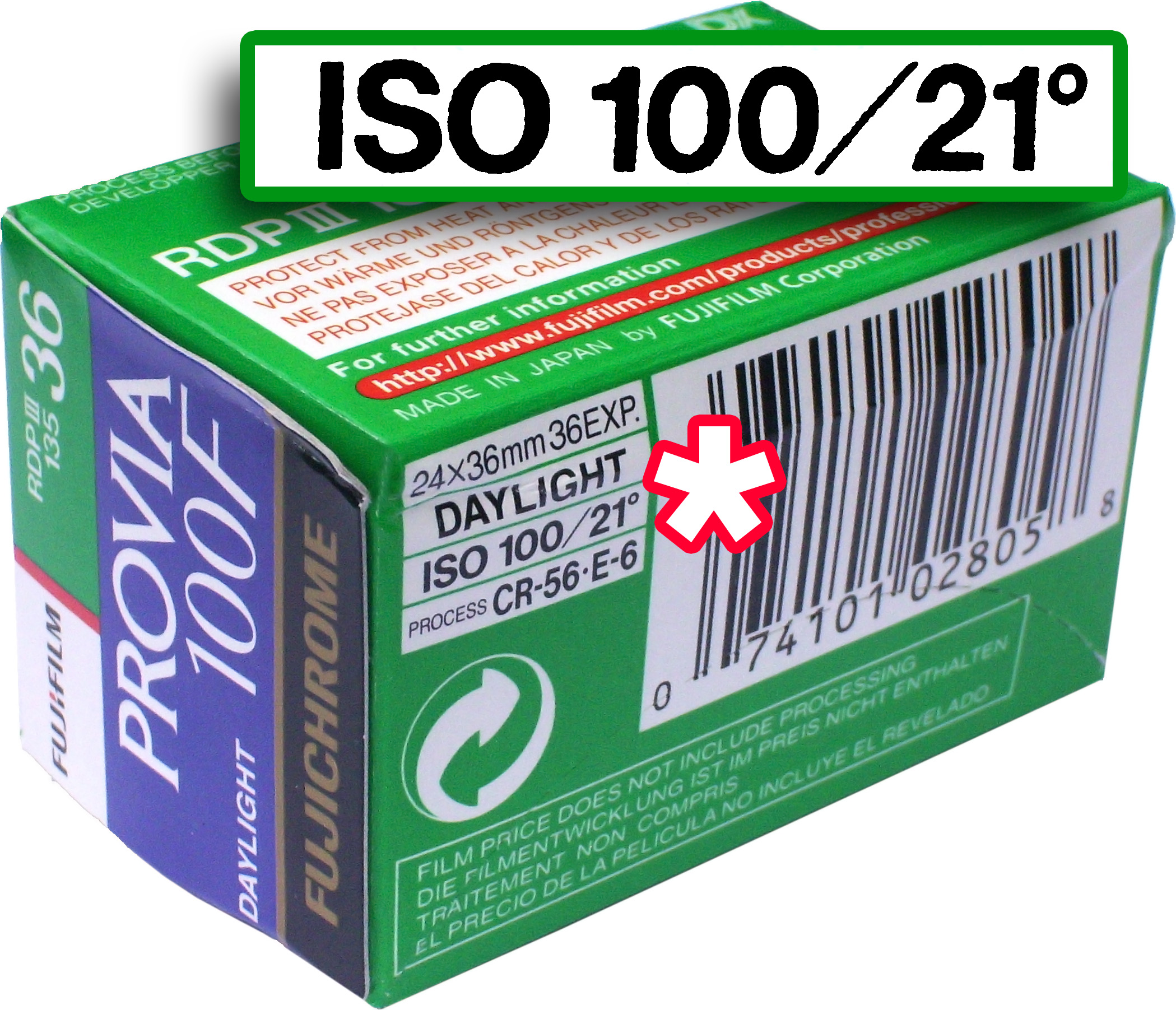|
50D
The Canon EOS 50D is a 15.1-megapixel digital single-lens reflex camera. It is part of the Canon EOS line of cameras, succeeding the Canon EOS 40D, EOS 40D and preceding the Canon EOS 60D, EOS 60D. Canon (company), Canon announced the camera on 26 August 2008. The camera was released on 6 October 2008. Overview and features The 50D has many similar characteristics to its predecessor, the 40D. This includes various shooting modes, the ability to change ISO and white balance, a pop-up flash unit, and an LCD screen. The LCD screen is the same size (3.0") as the 40D but has a higher resolution (640 × 480 pixel or 307,200 pixels) than any previous model. It is also the final Canon xxD to use a CompactFlash or Microdrive for memory storage, along with the BP-511 series battery. The 50D has a higher pixel count (15.1 megapixels), hence higher shooting resolutions, than its predecessor and, like the 40D, has a 14-bit raw format. The camera has Live View, which allows photographers t ... [...More Info...] [...Related Items...] OR: [Wikipedia] [Google] [Baidu] |
Canon EOS
Canon EOS (Electro-Optical System) is an autofocus single-lens reflex camera (SLR) and mirrorless camera series produced by Canon Inc. Introduced in 1987 with the Canon EOS 650, all EOS cameras used 35 mm film until October 1996 when the EOS IX was released using the new and short-lived APS film. In 2000, the D30 was announced, as the first digital SLR designed and produced entirely by Canon. Since 2005, all newly announced EOS cameras have used digital image sensors rather than film. The EOS line is still in production as Canon's current digital SLR (DSLR) range, and, with the 2012 introduction of the Canon EOS M, Canon's mirrorless interchangeable-lens camera (MILC) system. In 2018 the system was further extended with the introduction of the EOS R camera, Canon's first full frame mirrorless interchangeable lens system. The development project was called "EOS" (Electro Optical System). EOS is also the name of the goddess of dawn in Greek mythology, which further signifies t ... [...More Info...] [...Related Items...] OR: [Wikipedia] [Google] [Baidu] |
Canon EF-S Lens Mount
The Canon EF-S lens mount is a derivative of the EF lens mount created for a subset of Canon digital single-lens reflex cameras with APS-C sized image sensors. It was released in 2003. Cameras with the EF-S mount are backward compatible with the EF lenses and, as such, have a flange focal distance of 44.0 mm. Such cameras, however, have more clearance, allowing lens elements to be closer to the sensor than in the EF mount. Only Canon cameras released after 2003 with APS-C sized sensors support the EF-S mount. The "S" in EF-S has variously been described by Canon as coming from either "Small image circle" (the lens projects a smaller image circle than normal EF lenses to match the sensor), or "Short back focus" (the smaller mirror used in APS-C cameras also allows optical elements to protrude further into the camera body, reducing the minimum distance between the sensor and the back element of the lens). The combination of a smaller sensor and shorter back focal length di ... [...More Info...] [...Related Items...] OR: [Wikipedia] [Google] [Baidu] |
DIGIC
Digital Imaging Integrated Circuit (often styled as "DiG!C") is Canon Inc.'s name for a family of signal processing and control units for digital cameras and camcorders. DIGIC units are used as image processors by Canon in its own digital imaging products. Several generations of DIGICs exist, and are distinguished by a version number suffix. Currently, DIGIC is implemented as an application-specific integrated circuit (ASIC) designed to perform high speed signal processing as well as the control operations in the product in which it has been incorporated. Over its numerous generations, DIGIC has evolved from a system involving a number of discrete integrated circuits to a single chip system, many of which are based around the ARM instruction set. Custom firmware for these units has been developed to add features to the cameras. DIGIC in Cameras Original DIGIC The original DIGIC was used on the PowerShot G3 (Sep 2002), Canon S1 IS (Mar 2004), A520 (Mar 2005), and other ... [...More Info...] [...Related Items...] OR: [Wikipedia] [Google] [Baidu] |
EF-S
The Canon EF-S lens mount is a derivative of the EF lens mount created for a subset of Canon digital single-lens reflex cameras with APS-C sized image sensors. It was released in 2003. Cameras with the EF-S mount are backward compatible with the EF lenses and, as such, have a flange focal distance of 44.0 mm. Such cameras, however, have more clearance, allowing lens elements to be closer to the sensor than in the EF mount. Only Canon cameras released after 2003 with APS-C sized sensors support the EF-S mount. The "S" in EF-S has variously been described by Canon as coming from either "Small image circle" (the lens projects a smaller image circle than normal EF lenses to match the sensor), or "Short back focus" (the smaller mirror used in APS-C cameras also allows optical elements to protrude further into the camera body, reducing the minimum distance between the sensor and the back element of the lens). The combination of a smaller sensor and shorter back focal length dist ... [...More Info...] [...Related Items...] OR: [Wikipedia] [Google] [Baidu] |
Canon EOS 60D
The Canon EOS 60D is an 18.1 megapixels semi-pro digital single-lens reflex camera made by Canon. It was announced on August 26, 2010, with a suggested retail price of US$1099.00. As a part of the Canon EOS two-digit line, it is the successor of the EOS 50D and is the predecessor of the EOS 70D. It is the first camera which has an articulating LCD screen. Apart from its screen, the main new features of the 60D in the two-digit Canon line include increased resolution and ISO range, full-HD video capabilities, and in-camera post-processing functions for the images. However, it uses the DIGIC 4 image processor. Like the 50D, the camera has an LCD of settings on the top of the camera where the ISO, AF-Mode, Shooting mode, and metering mode can be controlled. The 60D is offered for purchase as a body alone or in a package with an EF-S 18-200mm f/3.5-5.6 IS lens, EF-S 17–85mm f/4-5.6 IS USM lens, EF-S 18–135mm f/3.5-5.6 IS lens, EF-S 17-55mm f/2.8 IS USM lens, or an ... [...More Info...] [...Related Items...] OR: [Wikipedia] [Google] [Baidu] |
APS-C
Advanced Photo System type-C (APS-C) is an image sensor format approximately equivalent in size to the Advanced Photo System film negative in its C ("Classic") format, of 25.1×16.7 mm, an aspect ratio of 3:2 and Ø 31.15 mm field diameter. It is therefore also equivalent in size to the Super 35 motion picture film format, which has the dimensions of 24.89 mm × 18.66 mm (0.980 in × 0.735 in) and Ø 31.11 mm field diameter. Sensors approximating these dimensions are used in many digital single-lens reflex cameras (DSLRs), mirrorless interchangeable-lens cameras (MILCs), and a few large-sensor live-preview digital cameras. APS-C size sensors are also used in a few digital rangefinders. Such sensors exist in many different variants depending on the manufacturer and camera model. All APS-C variants are considerably smaller than 35 mm standard film which measures 36×24 mm. Because of this, devices with APS-C sensors are known as "cro ... [...More Info...] [...Related Items...] OR: [Wikipedia] [Google] [Baidu] |
Digital Single-lens Reflex Camera
A digital single-lens reflex camera (digital SLR or DSLR) is a digital camera that combines the optics and the mechanisms of a single-lens reflex camera with a digital imaging sensor. The reflex design scheme is the primary difference between a DSLR and other digital cameras. In the reflex design, light travels through the lens and then to a mirror that alternates to send the image to either a prism, which shows the image in the viewfinder, or the image sensor when the shutter release button is pressed. The viewfinder of a DSLR presents an image that will not differ substantially from what is captured by the camera's sensor as it presents it as a direct optical view through the main camera lens, rather than showing an image through a separate secondary lens. DSLRs largely replaced film-based SLRs during the 2000s. Major camera manufacturers began to transition their product lines away from DSLR cameras to mirrorless interchangeable-lens cameras (MILC) beginning in the 2010s ... [...More Info...] [...Related Items...] OR: [Wikipedia] [Google] [Baidu] |
Canon EOS 40D
The Canon EOS 40D is a 10.1-megapixel semi-professional digital single-lens reflex camera. It was initially announced on 20 August 2007 and was released at the end of that month. It is the successor of the Canon EOS 30D, and is succeeded by the EOS 50D. It can accept EF and EF-S lenses. Like its predecessor, it uses an APS-C sized image sensor, resulting in a 1.6x field of view crop factor. Improvements Changes over the 30D include a higher-resolution sensor (10.1 megapixel instead of 8.2). The sensor also has better noise control than previous models. The 40D has a larger memory buffer so more pictures can be taken in succession without a slow down in frame rate. Frames per second has been increased from 5 to 6.5. The 40D adds a new format, Canon's sRAW, which is a smaller RAW image for smaller prints and reduced file sizes. The 40D's RAW format is 14-bit instead of the 12-bit of the 30D. The camera uses the new DIGIC III image processor, which was first used in the C ... [...More Info...] [...Related Items...] OR: [Wikipedia] [Google] [Baidu] |
Canon EF Lens Mount
The EF lens mount is the standard lens mount on the Canon EOS family of SLR film and digital cameras. EF stands for "Electro-Focus": automatic focusing on EF lenses is handled by a dedicated electric motor built into the lens. Mechanically, it is a Bayonet mount, bayonet-style mount, and all communication between camera and lens takes place through electrical contacts; there are no mechanical levers or plungers. The mount was first introduced in 1987. Canon claims to have produced its 100-millionth EF-series interchangeable lens on 22 April 2014. History The EF mount replaces its predecessor, the Canon FD, FD mount. The standard autofocus lens mounting technology of the time used a motor in the camera body to drive the mechanics of the focus helicoid in the lens by using a transfer lever. The key innovation of the EF series was to use a motor inside the lens itself for focusing. This allowed for autofocusing lenses which did not require mechanical levers in the mount mechanis ... [...More Info...] [...Related Items...] OR: [Wikipedia] [Google] [Baidu] |
Live Preview
Live preview is a feature that allows a digital camera's display screen to be used as a viewfinder. This provides a means of previewing framing and other exposure before taking the photograph. In most such cameras, the preview is generated by means of continuously and directly projecting the image formed by the lens onto the main image sensor. This in turn feeds the electronic screen with the live preview image. The electronic screen can be either a liquid crystal display (LCD) or an electronic viewfinder (EVF). Background The concept for cameras with live preview largely derives from electronic (video) TV cameras. Until 1995 most digital cameras did not have live preview, and it was more than ten years after this that the higher end digital single-lens reflex cameras (DSLR) adopted this feature, as it is fundamentally incompatible with the swinging-mirror single-lens reflex mechanism. The first digital still camera with an LCD for autogain framing live preview was th ... [...More Info...] [...Related Items...] OR: [Wikipedia] [Google] [Baidu] |
Film Speed
Film speed is the measure of a photographic film's sensitivity to light, determined by sensitometry and measured on various numerical scales, the most recent being the ISO system. A closely related ISO system is used to describe the relationship between exposure and output image lightness in digital cameras. Relatively insensitive film, with a correspondingly lower speed index, requires more exposure to light to produce the same image density as a more sensitive film, and is thus commonly termed a ''slow film''. Highly sensitive films are correspondingly termed ''fast films''. In both digital and film photography, the reduction of exposure corresponding to use of higher sensitivities generally leads to reduced image quality (via coarser film grain or higher image noise of other types). In short, the higher the sensitivity, the grainier the image will be. Ultimately sensitivity is limited by the quantum efficiency of the film or sensor. Film speed measurement systems His ... [...More Info...] [...Related Items...] OR: [Wikipedia] [Google] [Baidu] |





